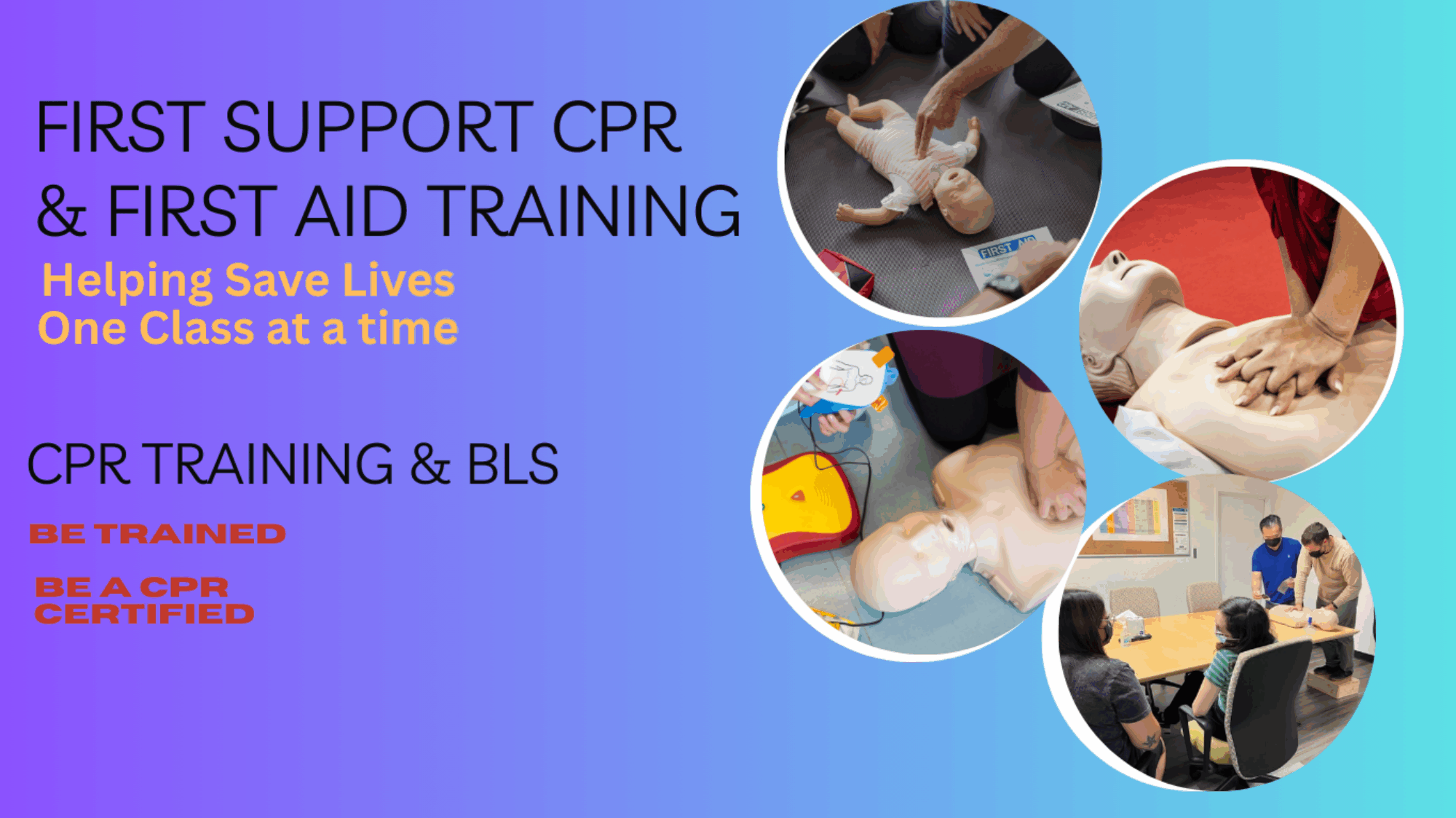What is cardiac arrest?
Cardiac arrest is a sudden failure of the heart, which disrupts the blood supply to the rest of the body. This condition causes the patient to lose consciousness and stop breathing.
It is a critical medical emergency that can be life-threatening. If you witness someone experiencing a cardiac arrest, call 911 immediately.
Cardiac arrest is not the same as a heart attack, though a heart attack can be a common cause. In a heart attack, blood flow to the heart is blocked due to blood clots. A person having a heart attack is still conscious and breathing, but without treatment, they may go into cardiac arrest, which can be fatal.
Symptoms of Cardiac Arrest
Cardiac arrest occurs suddenly, and its signs can include:
- Sudden collapse
- No pulse or heartbeat
- No breathing
- Loss of consciousness
There may be warning signs before a sudden cardiac arrest, such as:
- Chest discomfort
- Shortness of breath
- Weakness
- Fast, fluttering, or pounding heartbeat
However, many cardiac arrests happen unexpectedly.
How to Help Someone Experiencing Cardiac Arrest
If you see someone who is unconscious and not breathing normally, seek emergency medical help immediately. While waiting for paramedics to arrive, you can:
Perform CPR: Check the person’s breathing. If they are not breathing normally, begin CPR. Push hard and fast on the chest, about 100 – 120 compressions per minute. If trained in CPR, deliver rescue breaths after every 30 compressions. Continue until an automated external defibrillator (AED) is available or the ambulance arrives.
Use an AED: AEDs provide step-by-step instructions. Use the AED to check the person’s heart rhythm. If a shock is needed, deliver it and then resume CPR or chest compressions.
Causes of Cardiac Arrest
Cardiac arrest can be caused by various heart diseases, including:
- Coronary artery disease: Arteries clogged with cholesterol and other deposits.
- Heart attack: Can trigger cardiac arrest.
- Heart failure: The heart can’t pump enough blood to the body’s tissues.
- Enlarged heart: The heart’s muscular walls stretch and enlarge or thicken.
- Valvular heart disease: Heart valves leak or narrow, leading to heart muscle stretching or thickening.
- Electrical problems in the heart: Conditions like Brugada syndrome and long QT syndrome cause dangerous irregular heart rhythms.
- Congenital heart disease: Structural problems in the heart present at birth.
Risk Factors for Cardiac Arrest
Risk factors for cardiac arrest are similar to those for coronary artery disease and can be categorized into non-modifiable and modifiable factors.
Non-modifiable risk factors:
- Age: Risk increases with age.
- Gender: Men have a higher risk, but the risk for women increases after menopause.
- Family history: Higher risk if a close family member had heart disease at a young age.
- Ethnicity: Higher risk for people of South Asian, African, or Caribbean descent.
Modifiable risk factors:
- Diabetes: High blood sugar damages heart vessels and increases the risk of heart disease.
- High blood pressure: Causes arteries to thicken or harden, narrowing them and reducing blood flow.
- High cholesterol: Leads to plaque formation in the arteries (atherosclerosis).
- Obesity: Worsens other risk factors.
- Sedentary lifestyle: Contributes to coronary artery disease and other risk factors like diabetes and high blood pressure.
- Stress: Poorly managed stress can damage arteries.
- Smoking: Increases the risk of heart disease by 2 – 4 times.
- Unhealthy eating habits: Diets high in saturated fat, trans fat, salt, and sugar increase the risk of cardiac arrest.
Complications and Related Diseases of Cardiac Arrest
Cardiac arrest reduces blood flow to the brain. If heart rhythm is not restored quickly, brain damage can occur, leading to death. Survivors of prolonged cardiac arrest may suffer from brain damage.
Preventing Cardiac Arrest
Reduce your risk of sudden cardiac arrest by:
- Going for regular health screenings
- Eating a healthy diet and maintaining a healthy weight
- Exercising frequently, unless advised otherwise by a doctor
- Moderating alcohol consumption
- Quitting smoking and avoiding secondhand smoke
